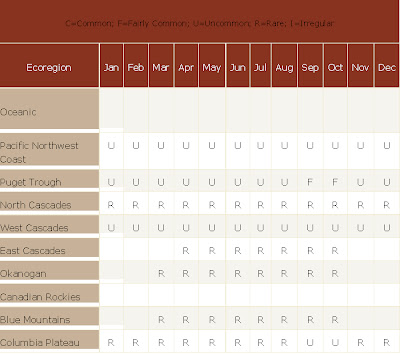Q: Is it a sport?
A: Yes
Q: Are there any types of bird that you have to release?
A: Yes after a hunting season, the Peregrine Falcon because it is on the endangered list.
Q: Can you breed the birds?
A: You would need a different license to breed falcons.
Q: Can you only hunt with falcons because it’s called falconry?
A: Nope, you can hunt with loads of other raptors, Red-Tailed Hawks, and even Ospreys!
Q: How many birds can you keep at a time.
A: That depends of the rank of falconer you are as a Master you can have three, a general can have two and an apprentice can have one.
Q: How do you get started?
A: Find as many books as you can on falconry and learn the basics, then go out and meet with falconer, which is where you can meet a sponsor. Plus follow this blog J.
Q: Are there certain types of birds you should start with?
A: As the lowest rank/ Apprentice you only have the option to have an American Kestrel or a Red-Tailed Hawk.
Q: Do smaller birds hunt smaller prey?
A: Nope like jungle cats the small birds tend to hunt prey that is bigger then they are.
Q: What are some good books to read?
A: Modern Falconry by Frank Beebe, and A Hawk in the Hand by Phillip Glasier.
Q: How long is the test and what are some questions on it?
A: The test is fairly lengthy, and questions include identifying a bird by its shadow.
Q: Can you hunt owls?
A: Yes, but only Great Horned Owl, and you can have a Snowy Owl in Alaska
Q: Does the type of bird you catch depend on the location?
A: Yes different birds live in different places, like Red-Tails are fond of road-sides.
Q: Can you only catch migrating birds, or birds that are resident?
A: You can only catch a migrating bird as an apprentice.
Q: How do you make sure the bird you catch is migratory?
A: Weathering on the feathers.
Q: How long to falcons live?
A: That is dependant on the type, Peregrine’s live 12-15 years, and Red-Tails are 14-17 years.
Q: What do they eat?
A: Rabbit legs, quail, rats, mice, and just about any small animal.
Q: Do they eat what they kill when they hunt?
A: No you make a trade for their kill so you monitor what they eat.




